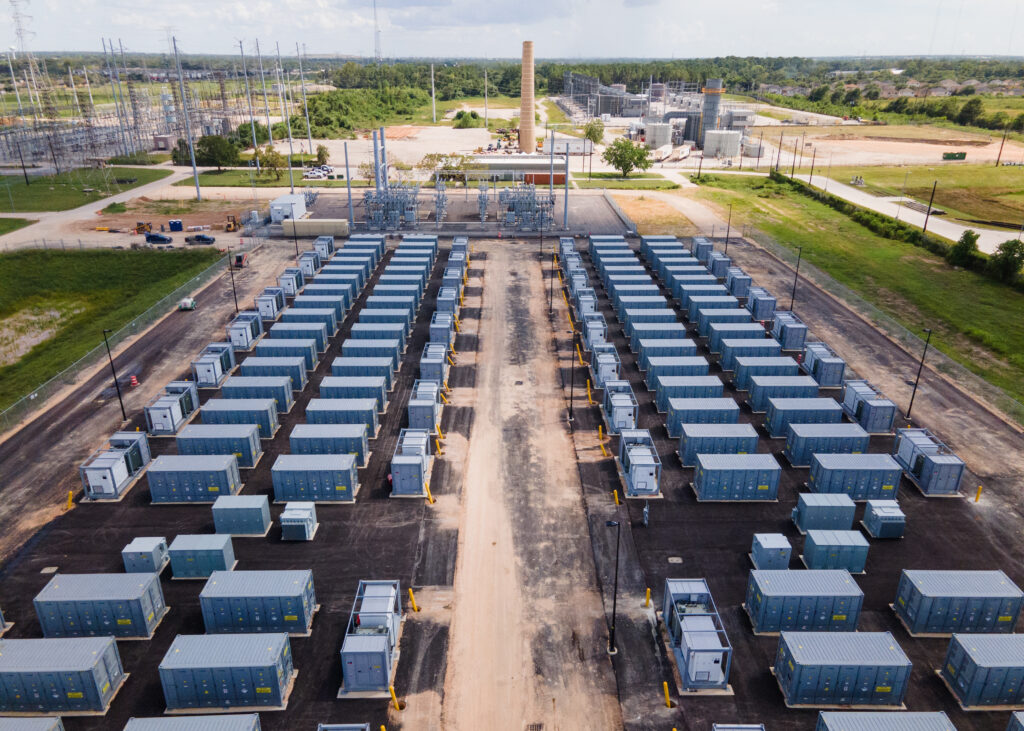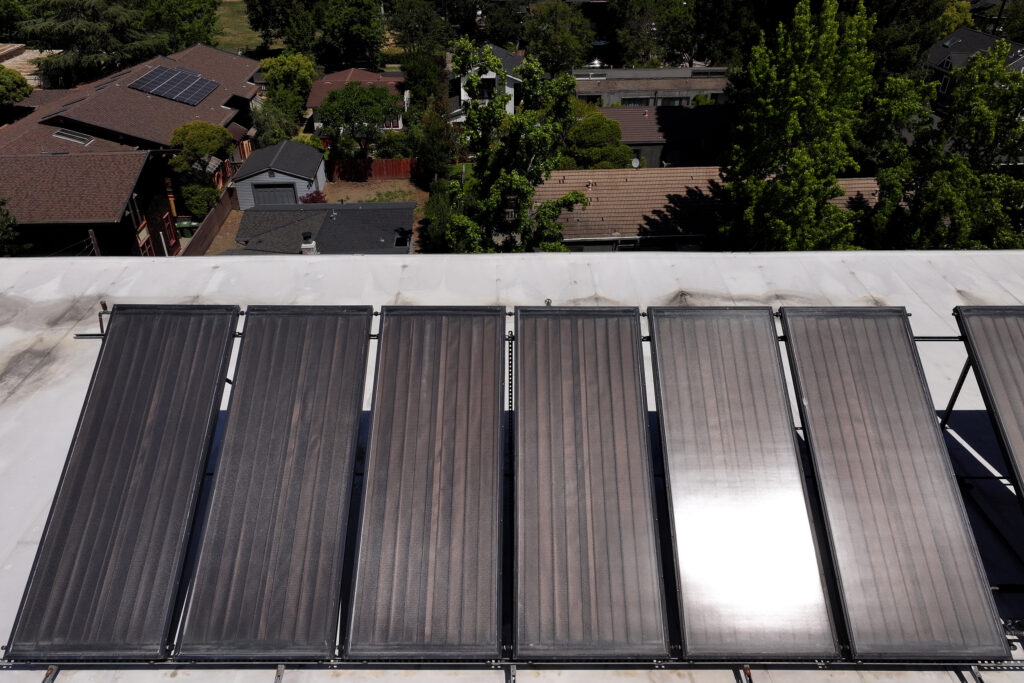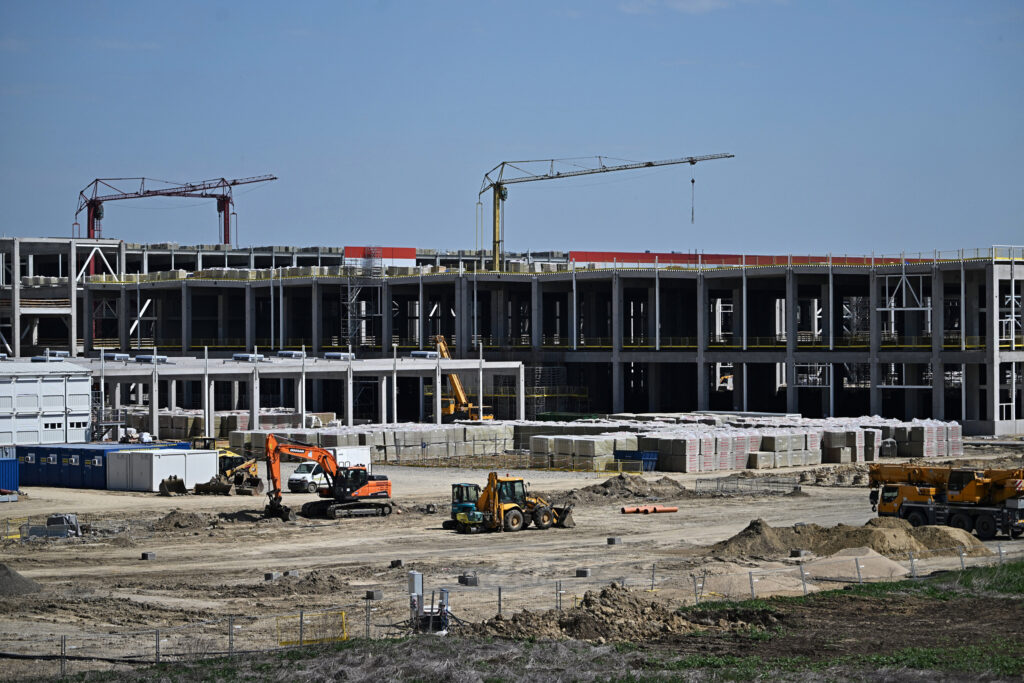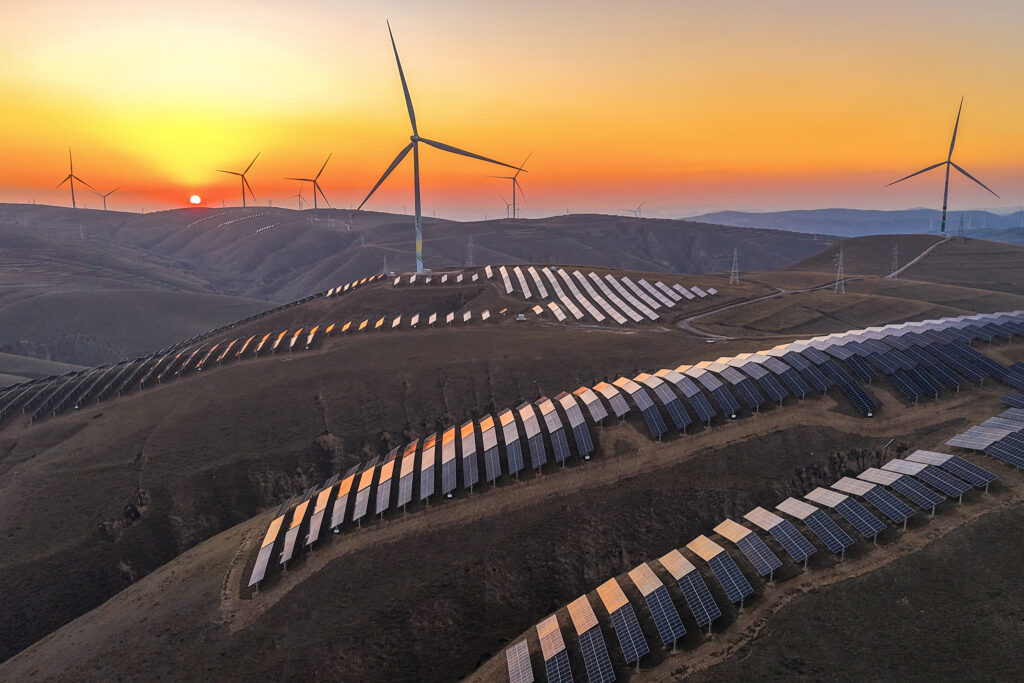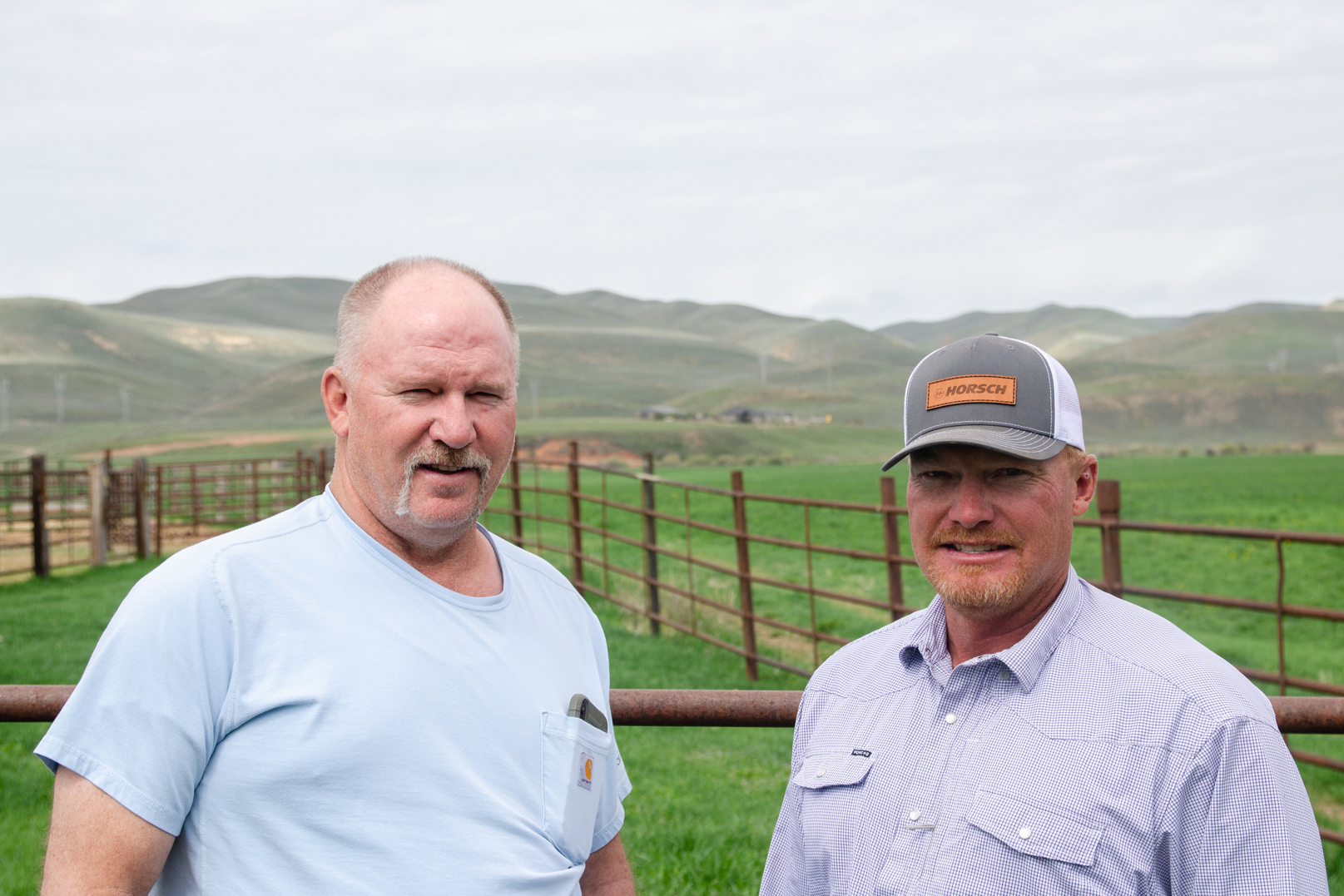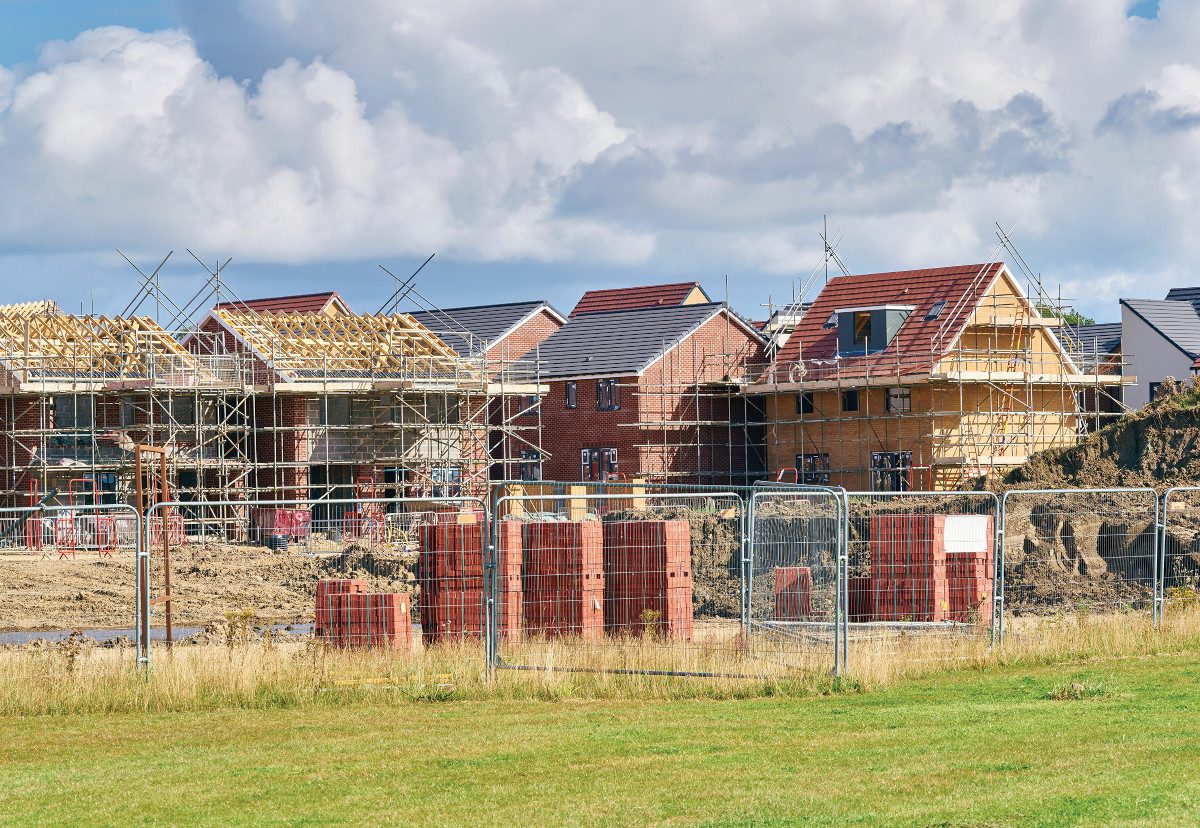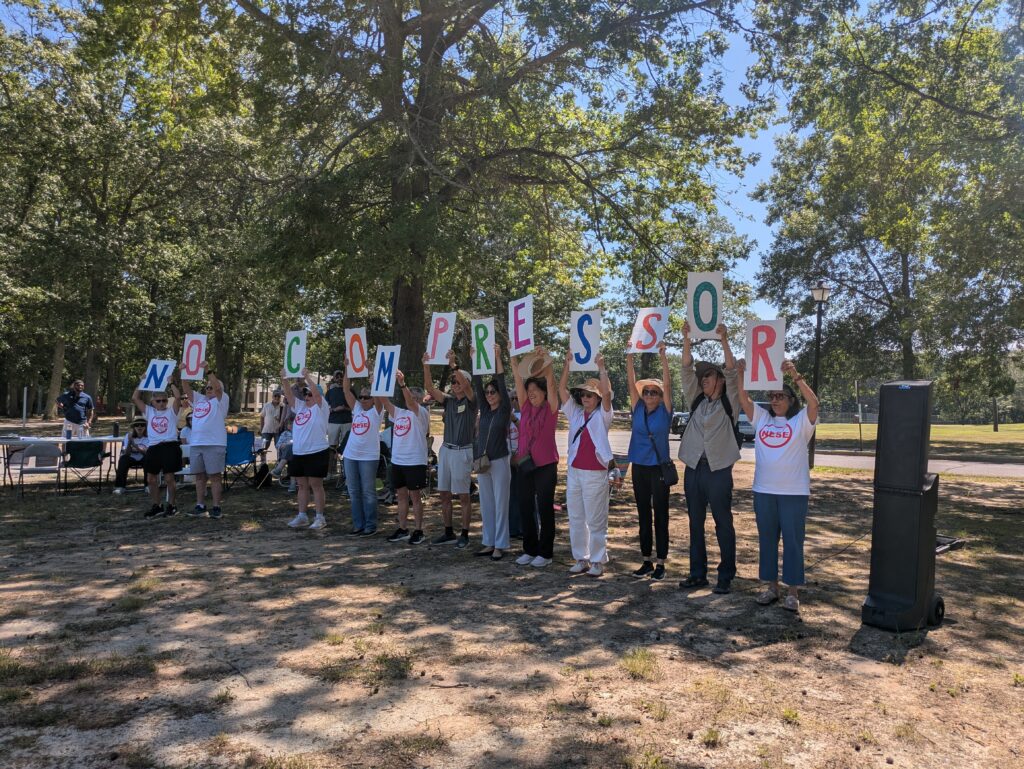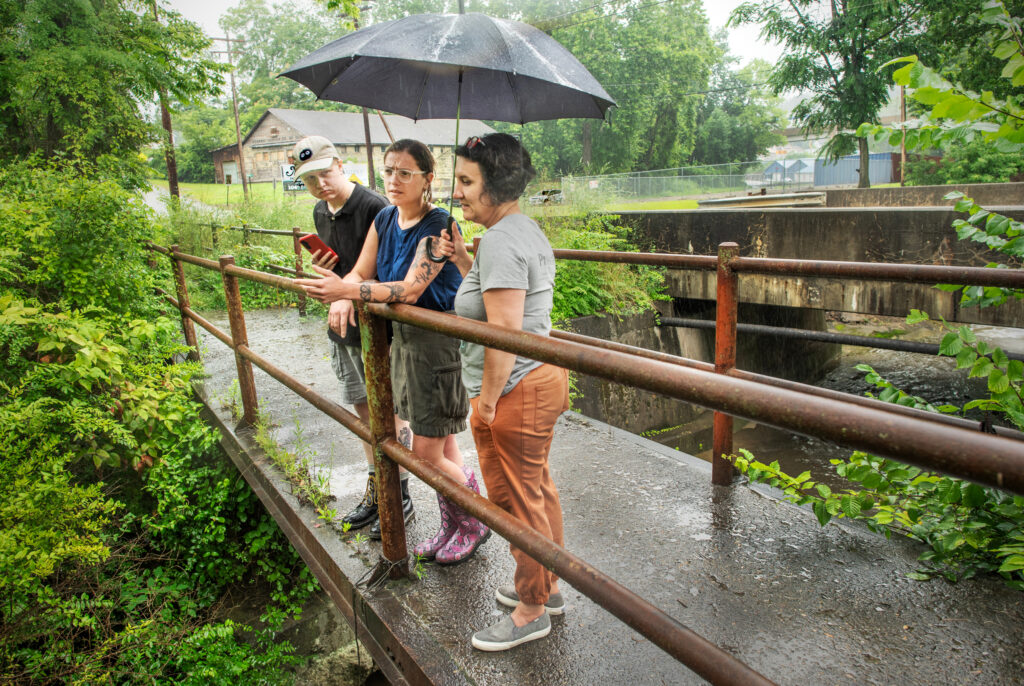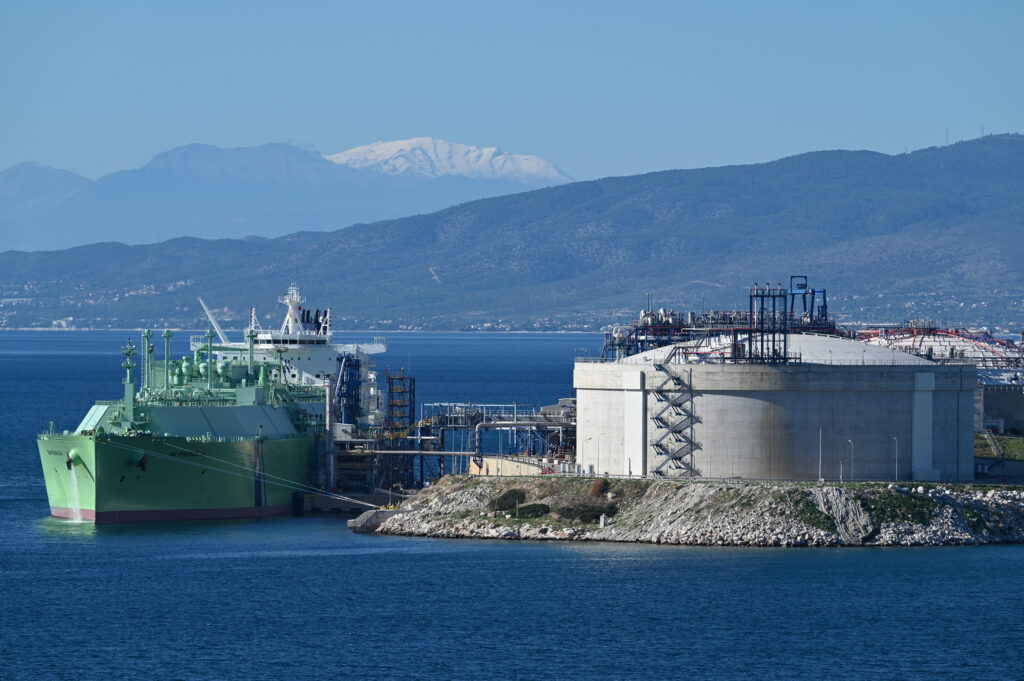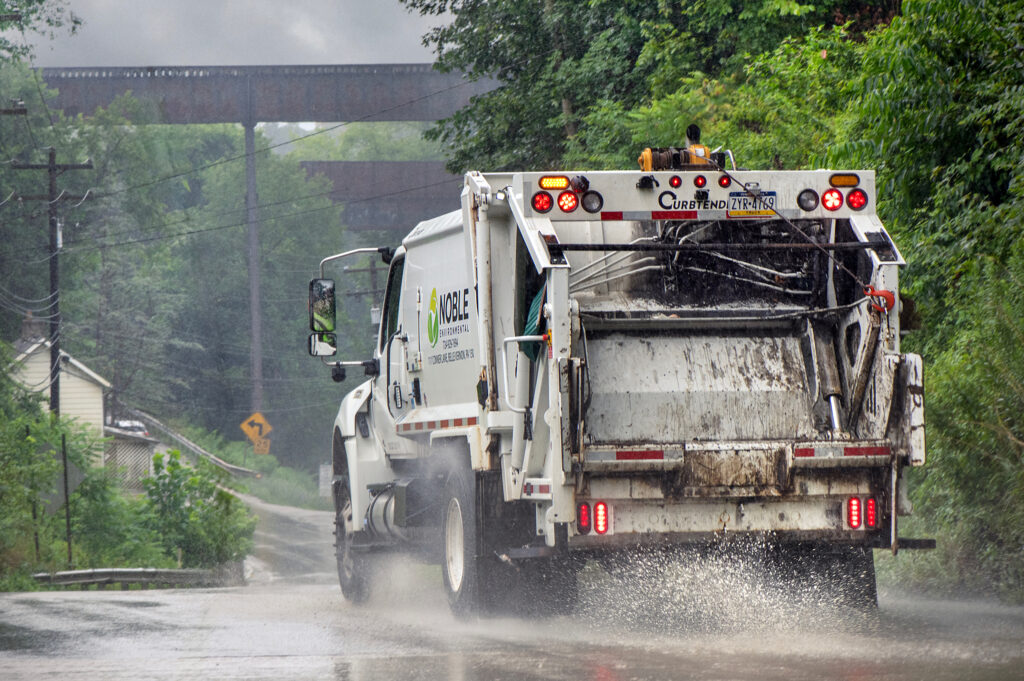Over the last decade, Michigan townships have put in place barriers to stop renewable energy developments in their tracks. Many of these moratoriums became moot last year through a state law that changed the siting process for large-scale wind, solar and battery storage projects.
The law, Public Act 233, allows developers to directly petition the Michigan Public Service Commission (MPSC) for construction of utility-scale renewable energy facilities. Ultimately, this means the state can speed up the permitting process for wind or solar farms, when previously local pushback had stalled or cancelled these projects. Townships have pushed back against the law’s passage in the meantime, expressing both dissatisfaction with the projects and concerns about state oversight superseding local control.
Public Act 233 applies to solar projects of at least 50 megawatts and wind farms of at least 100 megawatts—projects must adhere to numerous state zoning regulations around noise standards, their proximity to homes and more.
We’re hiring!
Please take a look at the new openings in our newsroom.
See jobs
Under the law, local municipalities still have say on installations planned for their communities, said Sarah Mills, a University of Michigan researcher who directs the Center for EmPowering Communities at the Graham Sustainability Institute.
Renewable energy initiatives require local government authorization, which hinges on the existence of a compatible renewable energy ordinance, or CREO, that adheres to state guidelines around setback requirements and height restrictions. Yet, should local governments fail to have this specific ordinance in place, then developers can go directly to the MPSC for approval.
“If they are in a community that has set a restrictive ordinance, it gives them the opportunity to have the public service commission weigh in,” said Mills.
For example, the proposed Headland Solar Project—a 220-megawatt facility in Livingston County—has sparked debate over land use, property values and local control under Public Act 233. Though slated to generate more than $18 million in new tax revenue, the proposed solar farm has failed to gain local approval.
To facilitate project construction, some Livingston municipalities are working to enact a CREO that will better align their specific preferences—like regulations around sound limits—with state zoning laws. In a January statement, Cohoctah Township official Mark Fosdick and Conway Township official Mike Brown criticized the project for its plans to convert farmland to industrial use.
“We cannot, and will not, stand by as our farmland is bulldozed in the name of industrialization,” the statement read. “These developments threaten to turn our fertile soil into wastelands, putting at risk the livelihoods of those who have worked the land for decades. It is an insult to our heritage, and we will not allow it to stand.”
In the Zone
Gov. Gretchen Whitmer signed Public Act 233 in November 2023, and it took effect a year later. Acceleration of large renewable energy projects is crucial to Michigan’s pursuit of 100 percent clean energy by 2040, a goal established by The Clean Energy and Jobs Act.
“Leading up to the new law, most renewable projects under consideration were for solar,” said Mills, the University of Michigan researcher. “Since then, wind and battery storage has been added.”
Municipalities seeking more control than a CREO offers can opt for “workable” zoning ordinances, added Mills. While these can offer more stringent regulations than state standards—such as greater setback distances or certain landscaping alterations—developers may still bypass the process in favor of MPSC approval if these regulations are deemed too restrictive by the state.

So far, few proposals drafted by communities have complied with Public Act 233, meaning most developers are able to seek approval from the service commission instead.
“If there’s a CREO in place, then the developer has to work with the local government,” said Mills. “But the ordinances in place always have some provision that’s outside the definition of a CREO, like planting trees around the solar farm, or something else that’s not mentioned in Public Act 233.”
Projects permitted under the new Michigan siting law must meet 21 “minimal conditions,” a mandate including fencing requirements and the hiring of an acoustics expert to conduct post-construction sound measurements.
Proponents of Public Act 233 include the Michigan Environmental Council, a coalition of organizations dedicated to protecting Michigan’s natural resources. Even with the decreasing cost of solar, advancement of renewable energy has encountered often insurmountable barriers from residents concerned about property values, aesthetics and potential environmental impacts.
This story is funded by readers like you.
Our nonprofit newsroom provides award-winning climate coverage free of charge and advertising. We rely on donations from readers like you to keep going. Please donate now to support our work.
Donate Now
Zoning ordinances designed to limit or outright ban renewable development made more direct legislation a necessity, said Charlotte Jameson, the environmental council’s chief policy officer.
“Unless we worked on zoning reform, there would be mandates put in place on utilities that they could not meet,” said Jameson. “That informed our support of PA 233. Now local governments can’t pass an ordinance that’s more restrictive than what’s written in the statute. They can’t put in place requirements that effectively zone out renewable energy and battery storage.”
A Show of Good Faith
Public Act 233 faces backlash from opponents that include the Michigan Townships Association—in November, more than 70 townships petitioned the Michigan Court of Appeals, asserting that the state’s interpretation of the law dramatically increases state authority over renewable energy approvals.
The townships and several Michigan counties are suing the MPSC, challenging whether the commission went through the right processes in interpreting the law. In addition, the plaintiffs oppose regulations that prevent local governments from creating ordinances addressing issues beyond state siting standards.
An attorney representing the townships did not respond to a request for comment from Inside Climate News.
“In the pursuit of large-scale clean energy projects, it’s essential that Michigan strike a balanced and reasonable approach.”
— Carl Bednarski, Michigan Farm Bureau
The Michigan Farm Bureau, another opponent of Public Act 233, said the legislation deprives local communities of the right to make their own land-use decisions. In an op-ed last year, the bureau’s then-president, Carl Bednarski, criticized the law for transferring those decisions to the three-member MPSC, a body appointed by Whitmer.
“The issue at hand is not about whether you support or oppose large-scale wind and solar projects,” said Bednarski. “It’s about whether you support local control, and ultimately respect the local decision-making process and the rights of landowners. In the pursuit of large-scale clean energy projects, it’s essential that Michigan strike a balanced and reasonable approach, one that respects a 186-year legacy of private property rights and township control.”
Attempts by Inside Climate News to reach Bednarski or the Michigan Farm Bureau for comment were unsuccessful.
According to Jameson of the Michigan Environmental Council, community involvement in clean energy is contingent on a demonstration of good faith.
“If we have that, then there is a role for these governments to play,” said Jameson. “There is a huge opportunity here, and it’s shortsighted for folks to fight this law when there’s provisions they can use to work with developers, and not just put up an arbitrary barrier.”
Solar power in particular is currently the lowest-cost source of electricity in many regions worldwide. According to nonprofit think tank The Conference Board, utility-level solar costs between $29 and $96 per megawatt-hour, compared to $39–$101 per megawatt-hour for natural gas. What’s more, solar panel manufacturing costs fell from $5 per watt in 2000 to less than 25 cents in 2023.
Jameson said she believes Public Act 233 can unlock the development of affordable, environmentally sustainable projects that were previously denied by townships throughout Michigan.
“There will still be legal fights that delay this work, but we’ll see more renewable development happening in the state,” Jameson said. “We’ll see a lot more solar projects moving forward, too.”
About This Story
Perhaps you noticed: This story, like all the news we publish, is free to read. That’s because Inside Climate News is a 501c3 nonprofit organization. We do not charge a subscription fee, lock our news behind a paywall, or clutter our website with ads. We make our news on climate and the environment freely available to you and anyone who wants it.
That’s not all. We also share our news for free with scores of other media organizations around the country. Many of them can’t afford to do environmental journalism of their own. We’ve built bureaus from coast to coast to report local stories, collaborate with local newsrooms and co-publish articles so that this vital work is shared as widely as possible.
Two of us launched ICN in 2007. Six years later we earned a Pulitzer Prize for National Reporting, and now we run the oldest and largest dedicated climate newsroom in the nation. We tell the story in all its complexity. We hold polluters accountable. We expose environmental injustice. We debunk misinformation. We scrutinize solutions and inspire action.
Donations from readers like you fund every aspect of what we do. If you don’t already, will you support our ongoing work, our reporting on the biggest crisis facing our planet, and help us reach even more readers in more places?
Please take a moment to make a tax-deductible donation. Every one of them makes a difference.
Thank you,




